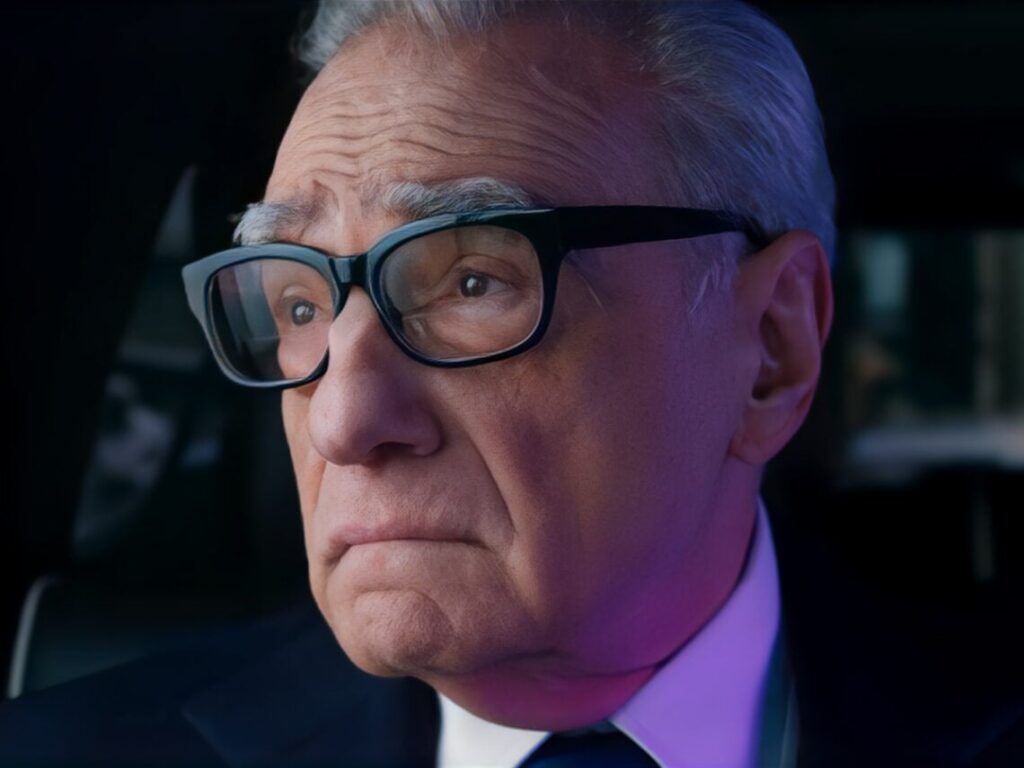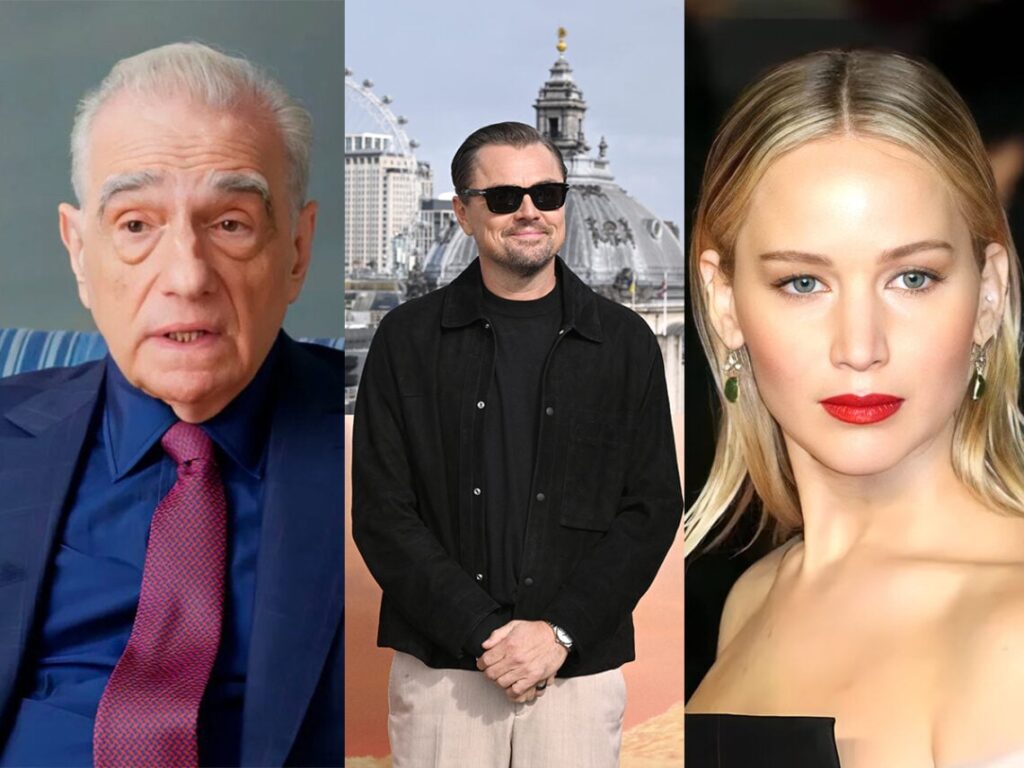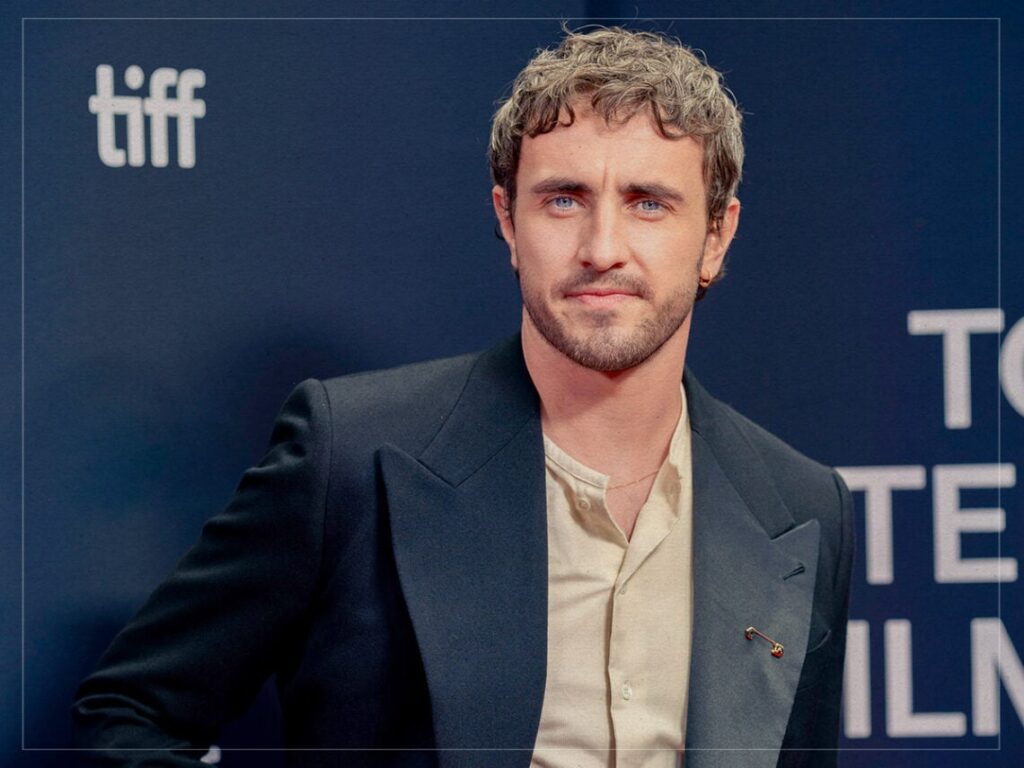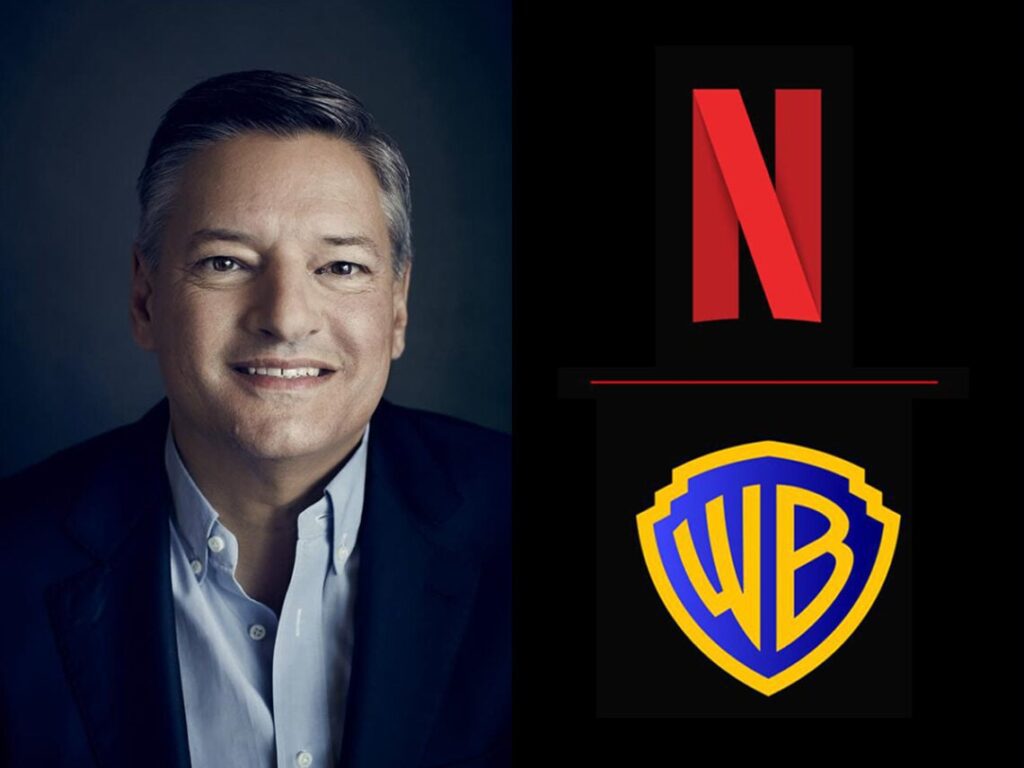The Martin Scorsese movie that was almost made by Tim Burton: “We felt he would create a world”
 Posted On
Posted On
(Credits: Far Out / YouTube Still)
Few film fans would think of linking Martin Scorsese and Tim Burton in their heads, let alone imagine that they were both attached to the same film at one point. After all, their visual and storytelling styles couldn’t be more different, and they often make pictures that serve very different audiences. In 1983, though, the Hollywood landscape was very different for both auteurs, with one in a career slump he feared he’d never recover from and the other still waiting for his first chance to make a feature film. Their paths crossed on a 1985 black comedy, though, and Burton came close to making it before Scorsese took it off his hands.
In the early 1980s, actor Griffin Dunne was finding work extremely hard to come by. He had starred as the lead character’s best friend in John Landis’ seminal An American Werewolf in London in 1981, but after that, everything dried up. The only projects he was being offered were juvenile teen comedies like Porkies, which he had no interest in, so he decided to focus on writing and producing instead.
Dunne and his producing partner Amy Robinson wrote a screenplay entitled Lies, which told the Kafkaesque story of Paul Hackett, an office worker who embarks on a surreal journey through the New York night as he tries to make it home from the city’s SoHo district. Dunne wanted to play the lead role, but when he first sat down with Scorsese to discuss the film, he was sure the director would want to replace him with Robert De Niro. However, he chuckled to the BFI, “He always saw me in the role. He just assumed I was in it, and I was just being a neurotic actor about it.”
At the time, Scorsese was scrambling to find his next film after pre-production on The Last Temptation of Christ, which had been abruptly cancelled at the eleventh hour. His 1982 film The King of Comedy had been such a disaster at the box office that Entertainment Tonight dubbed it the “Flop of the Year”, and Scorsese knew that was why his passion project had been scrapped.
He admitted to Esquire, “I had nothing lined up next. And I knew I was going to have to start all over.”
Scorsese decided to gamble on the script – which had been retitled After Hours – as his next film because he needed to try something new. He wasn’t known for comedy, but he knew the film could be accomplished on a low budget and working with a new crew had a chance of re-energising his love of filmmaking, which had dwindled after his recent failures. Unfortunately, though, something cropped up, and Scorsese had to bow out – and this led Dunne and Robinson to meet with a young animator whose work they loved.
During this period, Burton was working at Disney, but he had an agent named Bobby Thompson who was trying to secure him a feature film job. Dunne and Robinson had seen a cartoon Burton made called “Vincent” and were so impressed that they went to the Disney offices to meet the straggly-haired young genius. Robinson told Roger Ebert, “He had big art notebooks, and he had all the things he later did: Edward Scissorhands and all those amazing ideas that came out of Tim’s head. And we felt that he would create a world.”
Dunne told the BFI that he still sometimes imagines the parallel universe version of After Hours that was directed by Burton. He joked, “It would have had a darker visual look…God knows what I would have been wearing…I think we would have looked like we were already dead and that After Hours was taking place somewhere in the underworld.”
Frustratingly, the production struggled to raise the budget with an unknown like Burton at the helm. Then, when Scorsese returned to Dunne and Nicholson and said that he was available after all, they had to break the news to Burton. To their delight, he wasn’t upset. In fact, he gladly stepped aside, telling them that he didn’t want to stand in the way of Scorsese making a picture.
Ultimately, Scorsese’s zeal for filmmaking returned while making After Hours, and it was a modest hit at the box office, too. The following year, he made The Colour of Money with Tom Cruise and Paul Newman, which was an even bigger hit, and by 1988, he was finally able to make The Last Temptation of Christ a reality. Burton wound up debuting with Pee-Wee’s Big Adventure, before the one-two punch of Beetlejuice and Batman in 1988 and ’89 made him the hottest director in Hollywood.
[embedded content]
Related Topics


